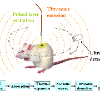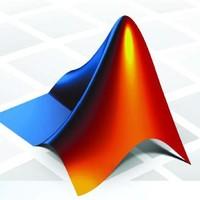Recent years have witnessed a rapid advancement in GPU technology, establishing it as a formidable high-performance parallel computing technology with superior floating-point computational capabilities compared to traditional CPUs. This paper explores the application of this technology in the field of photoacoustic imaging, an emerging non-destructive testing technique in biomedical engineering characterized by its high contrast, resolution, and penetration depth. We conduct a data parallelism analysis targeting the computationally intensive image reconstruction segment of photoacoustic imaging. By parallelizing the serial code for iterative reconstruction and optimizing memory access, we achieve significant improvements in processing speed. Our experiments compare the imaging speeds of vascular images reconstructed using CPUs and GPUs, with the results visualized using Matlab. The findings demonstrate that, while maintaining data accuracy, GPU parallel computing methods can markedly accelerate photoacoustic image reconstruction. This acceleration has the potential to facilitate the broader adoption of photoacoustic imaging in applications such as hemodynamic monitoring, clinical disease diagnosis, and drug development.
翻译:暂无翻译




